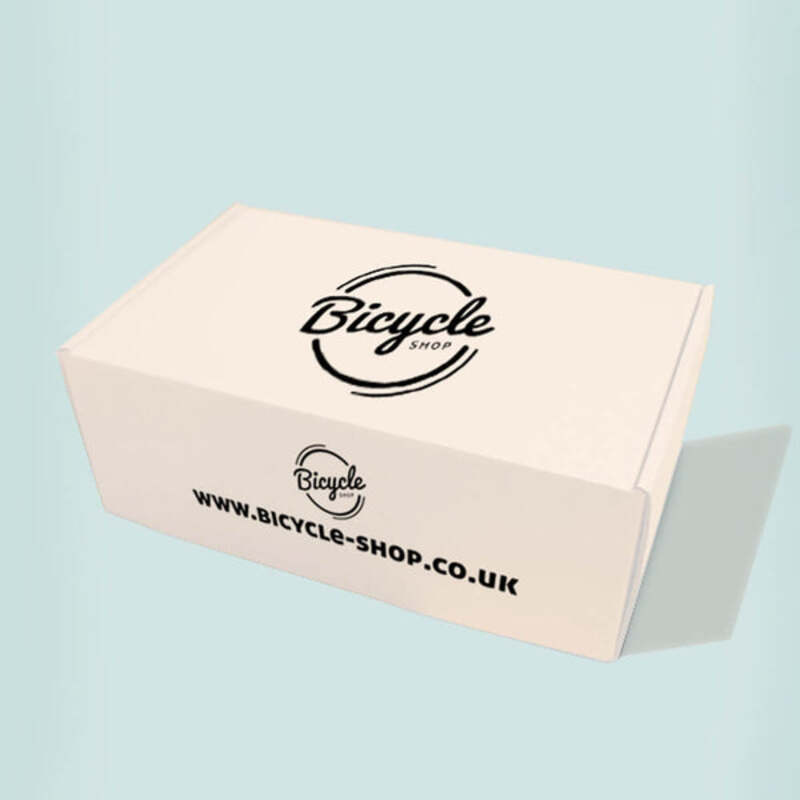The Evolution of Wine Packaging Trends and Innovations
Wine packaging has undergone significant transformations over the years, evolving from traditional methods to more innovative solutions that cater to modern consumers’ demands for sustainability, convenience, and aesthetic appeal. This article explores the various aspects of wine packaging, from historical practices to contemporary trends that shape how wine is presented and preserved today.
Historically, wine was primarily packaged in glass bottles, which have long been considered the standard for wine storage and transportation. These bottles not only protect the wine from environmental factors but also allow consumers to see the product they are purchasing. The classic green Bordeaux bottle or the elegant tulip-shaped Burgundy bottle has become iconic, embodying tradition and quality. Cork closures were favored for their ability to allow a small amount of oxygen to interact with the wine, thereby aiding in its aging process.
However, as the wine industry has grown and diversified, so too have the packaging options available to producers. The late 20th and early 21st centuries saw the introduction of alternative packaging materials that significantly changed the landscape. One notable innovation is the Tetra Pak – a lightweight, flexible package that protects wine from light and air while offering convenience and portability. This format has become popular in the consumer-driven wine market, particularly for casual wine drinkers and events like picnics and festivals.
Another trend in wine packaging is the rise of cans. The craft beer movement’s success has indirectly influenced wine producers to experiment with aluminum cans. Canned wine offers a fresh, convenient alternative for on-the-go consumers. Its lightweight and recyclable nature appeals to environmentally conscious drinkers, while its compact size makes it ideal for a variety of occasions. Major vineyards and wineries have started embracing this trend, launching their own canned wine lines to cater to a younger demographic.
wine packaging

Sustainability has emerged as a driving force behind wine packaging innovations
. Eco-friendly solutions are becoming increasingly prioritized by both producers and consumers. Many wineries are now opting for lightweight glass bottles, which reduce carbon footprints during transportation. Additionally, some are exploring biodegradable and recyclable materials that minimize environmental impact. The use of natural cork and alternative closures, such as screw caps, also reflects a growing trend towards sustainability in packaging.Furthermore, labeling plays a critical role in wine packaging. A well-designed label not only provides essential information about the wine but also acts as a marketing tool that attracts consumers. As the wine market becomes increasingly competitive, wineries are investing in creative and eye-catching labels to stand out on crowded shelves. Minimalist designs, vibrant colors, and unique textures are all strategies employed to catch the eye of potential buyers.
In recent years, there has also been a noticeable trend toward minimalism in packaging design. Wineries are leaning towards simpler, more elegant branding that communicates quality and sophistication. This shift reflects a broader consumer preference for products that convey authenticity and craftsmanship.
Lastly, as technology advances, so does the potential for smart packaging. Innovations like QR codes and augmented reality experiences are being integrated into wine packaging, allowing consumers to interact with the product on a deeper level. These technologies can provide detailed information about the wine, vineyard, and even food pairing suggestions, enhancing the overall experience for the consumer.
In conclusion, the evolution of wine packaging continues to be influenced by consumer preferences, environmental concerns, and technological advancements. As the industry adapts to these changes, wine packaging is likely to become more innovative, sustainable, and consumer-friendly. The future of wine packaging promises a blend of tradition and modernity, ensuring that the way we enjoy wine continues to evolve while honoring its rich heritage.



